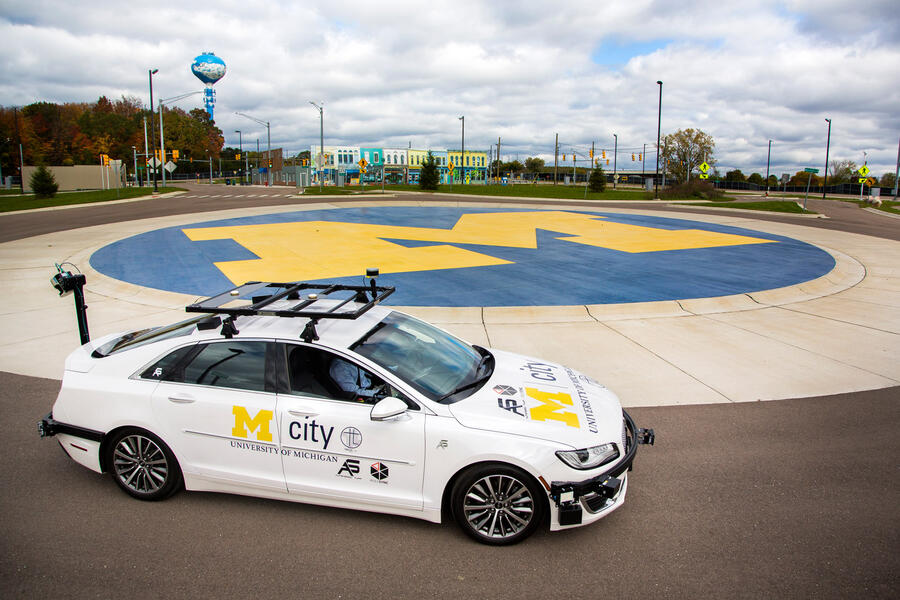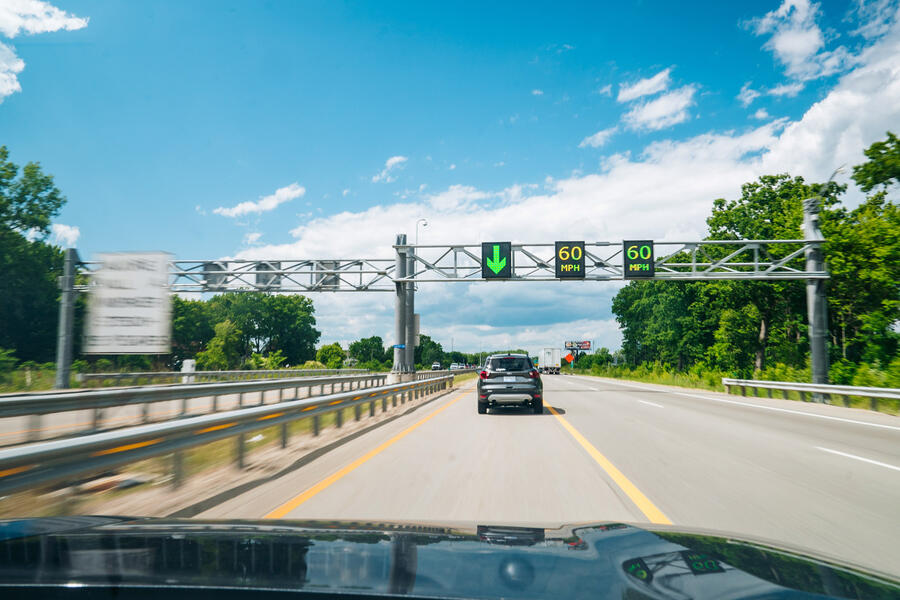The race to develop autonomous vehicles (AVs) has been slower than hoped, but it could be about to pick up pace.
Disillusioned by the limited progress of in-car technology, companies are shifting their attention from self-driving vehicles to the roads they will drive on. The goal is to accelerate the time taken to bring AVs to market – perhaps dramatically.
One of the most ambitious examples of this new focus is in Michigan, US, where Ford and General Motors (GM) have their respective headquarters. It’s also where Michigan State and Cavnue, an infrastructure start-up owned by Google’s parent company, Alphabet, last year announced a partnership to build the world’s first large-scale AV-dedicated roads.
The project covers the 40 miles between Detroit and Ann Arbor. The premise is to deploy AVs more quickly by using infrastructure to overcome unsolved problems with existing technology. “Rather than wait for what the Society of Automotive Engineers calls Level 5 autonomy,” Cavnue has said, “we can unleash the power and promise of existing technological advancements for near-term practical benefits through connected and autonomous vehicle corridors.”
Collin Castle, intelligent transportation systems programme manager at Michigan Department of Transportation, is similarly buoyant. He has told the Talking Michigan Transportation podcast he hopes to see the Detroit-to-Ann Arbor road “fully implemented, and services thriving” in five years.
By comparison, most experts predict it will take decades to develop fully independent AVs that can drive on roads with humans – in other words, Level 5 driverless cars.
In a lane of their own
So how will the Michigan road accelerate AV development? The short answer is by instantly improving AV safety.
The Michigan project is currently in a two-year consultation phase to thrash out details before building begins in 2023, so the precise technology to be used for the road is not yet confirmed. But Castle has suggested that this could include special signage that AVs find easier to read and ‘smart’ junctions.
“There are things you can do in the physical infrastructure, like better lane markings and potentially machine-readable signage. We’ve learned about things like our digital infrastructure, and how mapping our infrastructure and allowing for connectivity to signalise intersections can allow for these technologies to more safely operate,” he said.
“If you combine all of these attributes into a single corridor between, for example, Detroit and Ann Arbor, [autonomous] vehicles can really be optimised. They can really operate in a safe and efficient manner.”
The other benefit of the Michigan project is that it separates AVs from human drivers, which should further improve passenger safety.

